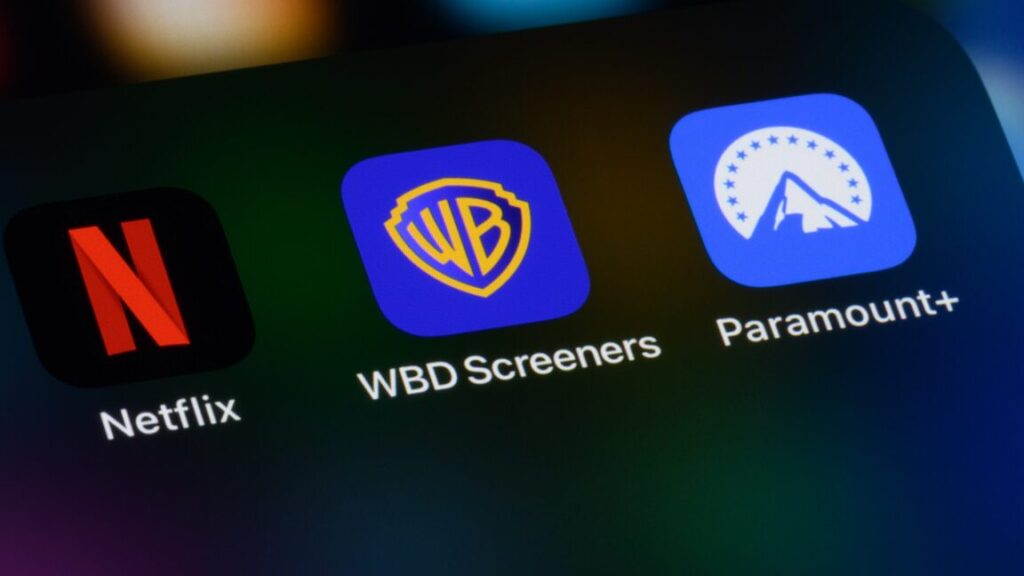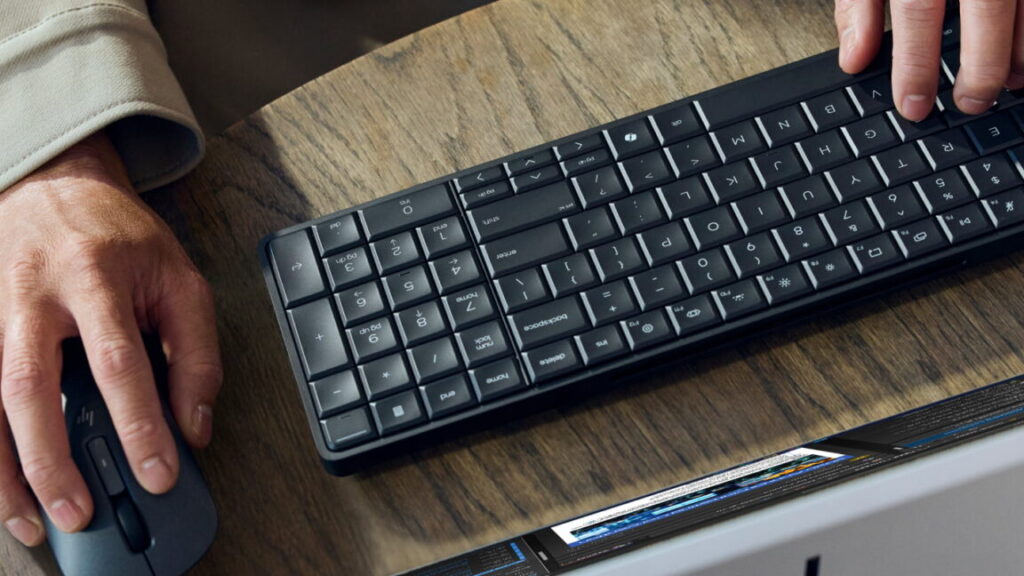These dogs eavesdrop on their owners to learn new words
Next, the entire experiment was repeated with one key variation: This time, during the training protocol, rather than addressing the dogs directly when naming new toys, the dogs merely watched while their owners talked to another person while naming the toys, never directly addressing the dogs at all.
The result: 80 percent of the dogs correctly chose the toys in the direct address condition, and 100 percent did so in the overhearing condition. Taken together, the results demonstrate that GWL dogs can learn new object labels just by overhearing interactions, regardless of whether the dogs are active participants in the interactions or passive listeners—much like what has been observed in young children around a year-and-a-half old.
To learn whether temporal continuity (a nonsocial factor) or the lack thereof affects label learning in GWL dogs, the authors also devised a third experimental variation. The owner would show the dog a new toy, place it in a bucket, let the dog take the toy out of the bucket, and then place the toy back in. Then the owner would lift the bucket to prevent the dog from seeing what was inside and repeatedly use the toy name in a sentence while looking back and forth from the dog to the bucket. This was followed by the usual testing phase. The authors concluded that the dogs didn’t need temporal continuity to form object-label mappings. And when the same dogs were re-tested two weeks later, those mappings had not decayed; the dogs remembered.
But GWL dogs are extremely rare, and the findings don’t extend to typical dogs, as the group discovered when they ran both versions of the experiment using 10 non-GWL border collies. There was no evidence of actual learning in these typical dogs; the authors suggest their behavior reflects a doggy preference for novelty when it comes to toy selection, not the ability to learn object-label mappings.
“Our findings show that the socio-cognitive processes enabling word learning from overheard speech are not uniquely human,” said co-author Shany Dror of ELTE and VetMedUni universities. “Under the right conditions, some dogs present behaviors strikingly similar to those of young children. These dogs provide an exceptional model for exploring some of the cognitive abilities that enabled humans to develop language. But we do not suggest that all dogs learn in this way—far from it.”
Science, 2025. DOI: 10.1126/science.adq5474 (About DOIs).
These dogs eavesdrop on their owners to learn new words Read More »















